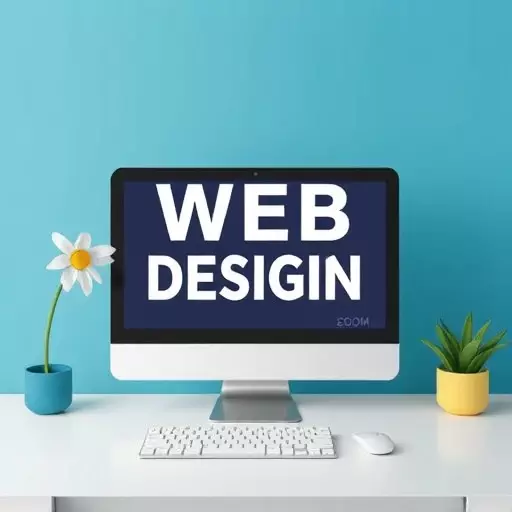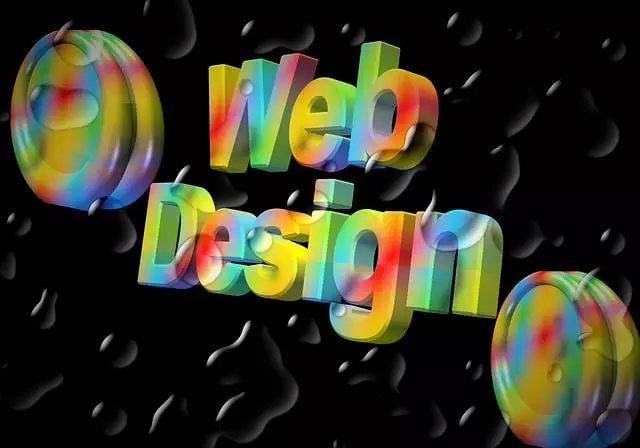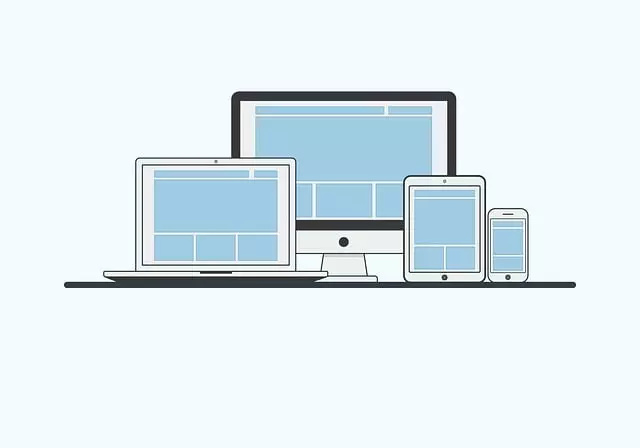Understanding Interactive Elements: The Key to Engaging Web Design highlights the significance of incorporating interactive features like buttons, forms, and dynamic content in Toledo-based web design. These elements enhance user experience, drive conversions, and improve SEO rankings. However, designers face challenges balancing aesthetics with functionality, ensuring cross-device compatibility, and maintaining performance across various browsers and operating systems. By overcoming these obstacles, Toledo's web designers can create captivating interactive websites that boost engagement, reduce bounce rates, and foster business growth in the competitive digital landscape. Best practices include prioritizing user-friendliness, adopting responsive design, enhancing accessibility, and regularly testing interactions for robust solutions. Successful case studies demonstrate the transformative power of well-designed interactivity in modern web design Toledo.
In today’s digital landscape, interactive elements are transforming web design from static pages into engaging experiences. This comprehensive guide explores the power of interactivity in web design, delving into its key benefits and common challenges. From understanding the fundamentals to best practices and real-world case studies, we’ll navigate the strategies behind creating seamless user experiences. Discover how effective use of interactive elements can elevate your web design in Toledo and beyond, overcoming challenges to deliver exceptional online interactions.
- Understanding Interactive Elements: The Key to Engaging Web Design
- Benefits of Incorporating Interactivity in Web Design
- Common Challenges in Implementing Interactive Features
- User Experience (UX) and Interactive Web Design: A Perfect Symphony
- Best Practices for Creating Seamless Interactive Experiences
- Case Studies: Successful Integration of Interactive Elements in Real-World Web Designs
Understanding Interactive Elements: The Key to Engaging Web Design

Understanding Interactive Elements: The Key to Engaging Web Design
In the competitive landscape of web design Toledo, interactive elements are no longer a luxury but an essential component for capturing and retaining user attention. These elements, such as buttons, forms, menus, and dynamic content, not only enhance user experience but also significantly improve the benefits of web design. By actively engaging visitors, interactivity fosters higher levels of involvement, ultimately driving conversions and reducing bounce rates.
However, incorporating interactive features into web design comes with its own set of challenges. Designers must balance aesthetics with functionality, ensuring that each interaction is intuitive and seamless. Moreover, staying up-to-date with the latest trends and best practices in web design Toledo is crucial to deliver user interfaces that are both visually appealing and highly responsive. Navigating these challenges can transform a static website into an immersive experience, turning casual visitors into active participants, and maximizing the potential of your online presence.
Benefits of Incorporating Interactivity in Web Design

Incorporating interactivity into web design for Toledo-based businesses offers a multitude of benefits that can significantly enhance user experience and engagement. Dynamic elements such as animations, clickable buttons, and responsive forms not only make websites more visually appealing but also encourage user participation. This is crucial in today’s digital era where folks are accustomed to interactive experiences across various platforms. By integrating these features, web design Toledo specialists can foster a sense of involvement, ensuring visitors actively engage with the content instead of merely scanning it.
Moreover, interactivity helps to overcome common challenges in web design. For instance, it can simplify complex information by breaking it down into digestible chunks through interactive infographics or step-by-step guides. This improves usability and accessibility, addressing issues that may arise from poorly designed websites. In terms of SEO, well-designed interactivity can also improve user retention rates, leading to lower bounce rates and higher rankings on search engines like Google, which is particularly relevant in the competitive web design Toledo market.
Common Challenges in Implementing Interactive Features

Implementing interactive elements in web design, while offering numerous benefits for user engagement and experience, often comes with its share of challenges. One common hurdle is ensuring compatibility across various devices, browsers, and operating systems, as different platforms can interpret code and display content differently. This requires thorough testing to avoid unexpected behavior or broken functionality, especially considering the wide range of screen sizes, resolutions, and touch interactions.
Another challenge lies in balancing interactivity with performance. Complex interactive features, such as dynamic animations, 3D models, or extensive use of JavaScript, can significantly impact load times and overall website speed. Web designers in Toledo must strike a delicate balance, optimizing code for efficiency to provide a smooth user experience without sacrificing the desired level of interactivity.
User Experience (UX) and Interactive Web Design: A Perfect Symphony

In the realm of web design Toledo, the marriage between User Experience (UX) and interactive elements is a symphony that enhances every online visitor’s journey. UX is not merely about aesthetics; it’s about creating intuitive, user-friendly interfaces that cater to people’s needs. Interactive web design takes this a step further by incorporating engaging features like animated elements, responsive forms, and dynamic content. This fusion offers numerous benefits for users and businesses alike. Users enjoy improved navigation, reduced bounce rates, and increased satisfaction, leading to higher conversion rates and longer dwell times.
However, achieving this perfect harmony isn’t without challenges. Web designers in Toledo must balance aesthetics with functionality, ensuring that interactivity enhances UX rather than distracts from it. They need to consider various devices and screen sizes, navigate accessibility requirements, and consistently deliver a seamless experience across the board. By overcoming these challenges, web design professionals can create stunning, interactive websites that captivate audiences, drive engagement, and ultimately contribute to business growth in the competitive digital landscape.
Best Practices for Creating Seamless Interactive Experiences

Creating seamless interactive experiences in web design requires a thoughtful approach and adherence to best practices. One key practice is ensuring user-friendliness through intuitive navigation, clear call-to-actions (CTAs), and consistent design patterns. This helps users effortlessly interact with the site or application, improving their overall experience. Additionally, leveraging responsive design techniques allows for seamless interactions across various devices and screen sizes, catering to a broader audience, especially in web design Toledo.
Another best practice is prioritizing accessibility. Incorporating features like keyboard navigation, alternative text for images, and proper use of headings ensures that users with disabilities can fully engage with interactive elements. Addressing these challenges enhances the benefits of web design by fostering inclusivity. Moreover, regular user testing and gathering feedback are crucial to refining interactions, as it provides insights into potential issues or areas for improvement, keeping your web design Toledo solutions robust and user-centric.
Case Studies: Successful Integration of Interactive Elements in Real-World Web Designs

In the realm of modern web design, interactive elements play a pivotal role in enhancing user experiences and driving engagement. Case studies from top web design Toledo experts reveal successful integrations that showcase the power of interactivity. For instance, e-commerce platforms have embraced dynamic features like product 360-degree views, allowing users to inspect merchandise from every angle, thus boosting sales and customer satisfaction. This strategy has been instrumental in transforming passive browsers into active participants, highlighting the benefits of web design that prioritizes interaction.
Another notable example is the implementation of interactive maps on travel websites. By enabling users to explore destinations with detailed overlays and real-time data, these maps not only provide valuable information but also engage visitors. Overcoming challenges like ensuring cross-browser compatibility and maintaining responsiveness across devices has been crucial in the successful integration of such features. These case studies underscore how well-designed interactive elements can significantly elevate a website’s effectiveness and appeal, ultimately contributing to its overall success in today’s competitive digital landscape.


